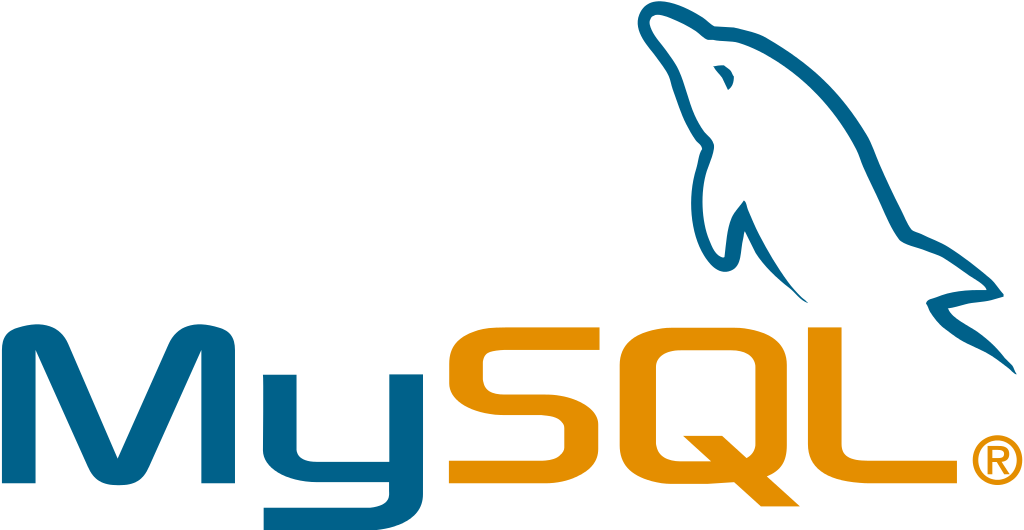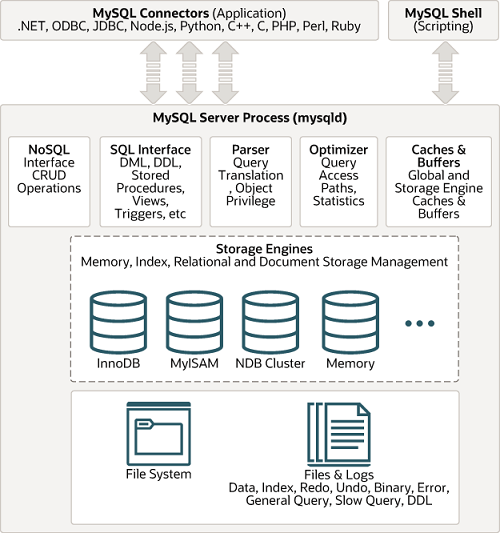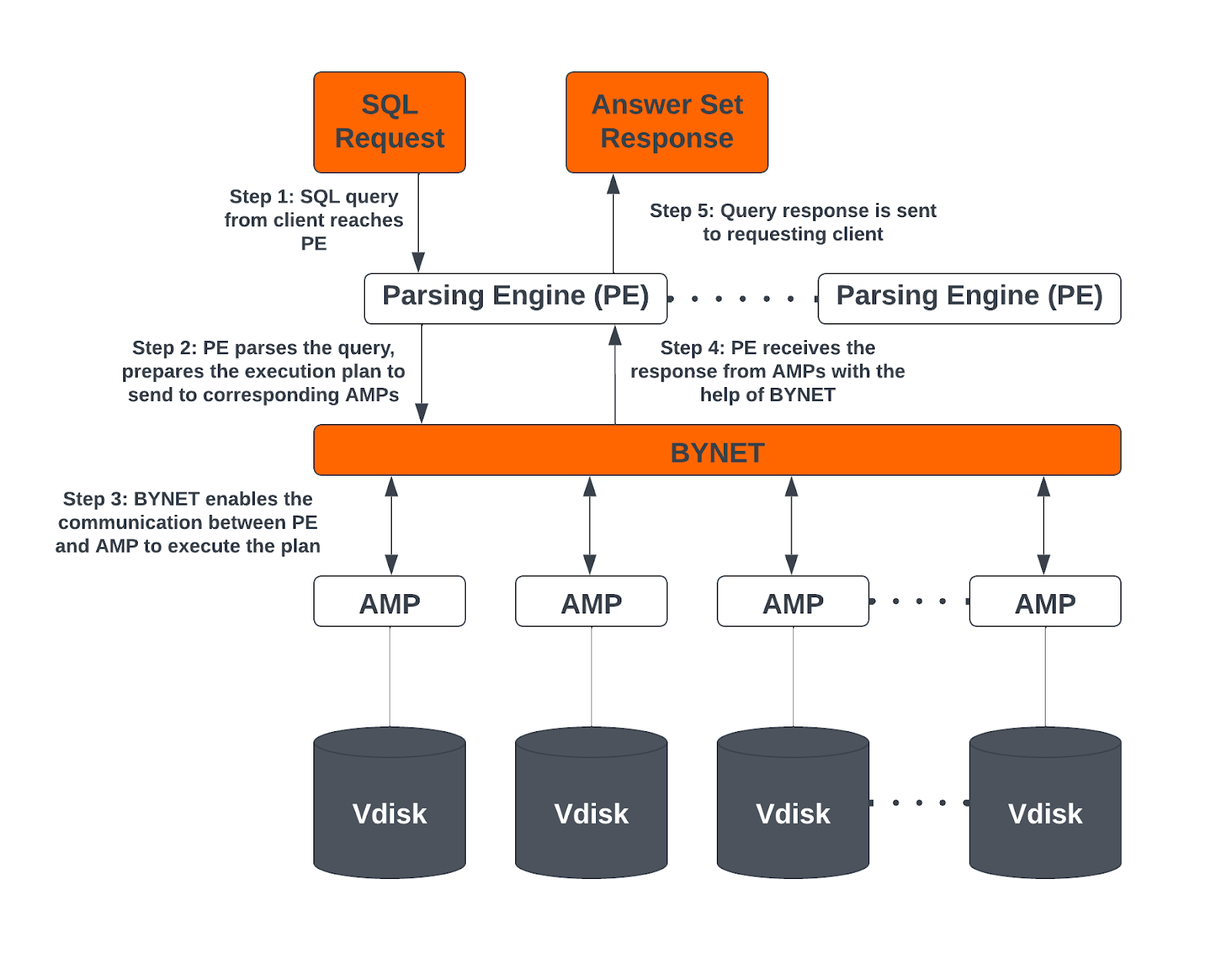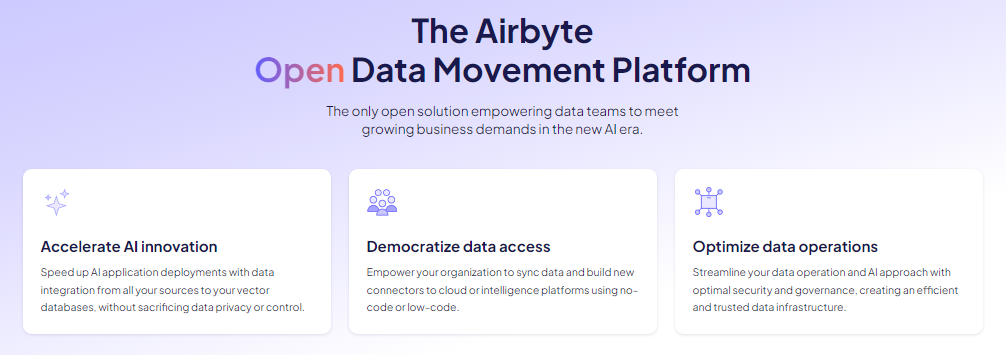MySQL vs Teradata: Key Differences
Summarize this article with:
✨ AI Generated Summary
Database management systems (DBMS) are software tools that enable you to interact with your database by running queries for retrieving and analyzing data. The increase in the accessibility of data makes DBMS an essential tool in organizational workflows.
Currently, multiple DBMS solutions are available in the market, with MySQL and Teradata being some of the most commonly used. However, the choice of a suitable solution involves assessing multiple factors, including how the tool aligns with your business processes.
This article highlights the critical differences between MySQL vs Teradata, enabling you to decide on the one that suits your needs the best.
An Overview of MySQL

MySQL is an open-source relational database management system (RDBMS) developed by Oracle Corporation. It supports Structured Query Language (SQL), allowing you to query data and produce effective business insights. These insights can empower you to make more informed decisions, enhancing performance and productivity.
The MySQL server provides a fast and reliable solution for managing large amounts of data with the flexibility to operate on your personal computer. With its effective data management features, MySQL is capable of handling both Online Transaction Processing (OLTP) and Online Analytical Processing (OLAP) workflows.
Key Features of MySQL
- Client-Server Architecture: MySQL is based on client-server architecture, which allows you to communicate with the server using an internet connection. This enables you to execute queries from anywhere around the world. The server will process the queries and return the desired output to your machine.
- Security: With multiple security features, MySQL ensures your data remains safe from unauthorized access. These features include encryption, access control, and authentication, among others.
- Stored Procedures: MySQL facilitates the storage of SQL queries as stored procedures, which you can reuse to eliminate redundancy. This feature is helpful for saving frequently used queries and using them whenever required.
- Managing Concurrency: While executing multiple queries simultaneously, the database can encounter data inconsistency. To overcome this issue, MySQL provides an internal lock management system to prevent contention for table content.
- Storage Engine: MySQL’s storage engine provides transactional and non-transactional capabilities. In contrast to non-transactional storage engines, transactional storage engines support the rollback of failed transactions.
An Overview of Teradata

Teradata is a relational database management system (RDBMS) that allows you to store, process, and analyze large datasets effectively. With over 50 petabytes of storage, Teradata enables you to manage structured, semi-structured, and unstructured data. It also supports parallel processing to help you develop enterprise-scale applications.
The increasing popularity of Teradata is evident from its yearly growth report; it announced tenfold growth in less than four years, ending 2023 with a whopping $528 million of Cloud annual recurring revenue (ARR).
Key Features of Teradata
- Shared Nothing Architecture: In Teradata, each processor contains its own disk storage and memory. The shared-nothing architecture allows processors to work independently, increasing efficiency without having to share resources.
- Scalability: Teradata is a highly scalable platform that can support up to 2048 nodes. It also facilitates a significant increase in the number of virtual processors to expand its capacity.
- Parallel Processing: Teradata is based on Massively Parallel Processing (MPP) architecture, which allows the distribution of larger tasks into smaller components. These components are then distributed across the entire system for parallel execution, reducing the time required.
- Data Federation: With Teradata’s QueryGrid, you can use multiple databases, whether on-premise or cloud-based. This enables you to combine data from each database and store it in a centralized repository.
- Fault Tolerance: Teradata offers multiple features, including fallback tables, vproc migration, table rebuilt utility, journaling, and RAID disk units, for software and hardware fault tolerance.
- Programming Language Support: Teradata supports numerous programming languages that enable you to interact with databases and perform analyses. The most common languages are Python, Java C, C++, Perl, Ruby, and Cobol.
MySQL vs Teradata: A Brief Comparison
The main difference between MySQL and Teradata is that MySQL is an open-source relational database designed for general-purpose use and small to medium-scale applications, while Teradata is an enterprise-grade data warehouse optimized for large-scale analytics and complex queries.
Here is a brief comparison table demonstrating the key differences between Teradata vs MySQL:
Let’s explore the architectural differences between Teradata SQL vs MySQL to understand the underlying functionality of each.
MySQL vs Teradata: Architecture
MySQL follows a client-server architecture, enabling you to connect to the server remotely. Its architecture has three layers: a client end, a storage engine, and a server end.

Client Layer: This is the topmost layer of the MySQL architecture, where you can execute your SQL commands. The GUI interface you use to perform queries and receive results is a part of the client layer. This layer is responsible for connection management, authentication, and security.
Server Layer: The server layer is responsible for the logical operations of the relational database, as it sends the query output to the client requests. When the client-server connection is established, a thread is created. The server layer provides connection thread handling features for optimal execution of all client-side queries. This layer comprises a parser, caches and buffers, and an optimizer to process the client queries.
Storage Layer: The storage engine layer maintains the database, retrieves data, and provides data accessibility according to indexes. Depending on requirements, MySQL can use various storage engines, including NDB, InnoDB, MyISAM, and Memory.
On the other hand, Teradata has a shared-nothing architecture that revolves around MPP, which involves distributing workloads across various virtual processors (vprocs). The vprocs that process queries are also called Access Module Processors (AMPs). These AMPs store and retrieve data as per requirements and are isolated from one another.
This isolation enables AMPs to work in parallel to enhance query performance while working with large datasets.

Here are the key components of Teradata Vantage architecture:
- Parsing Engines: The PE layer manages user sessions and ensures proper privileges are associated with the execution of the query. It also parses and optimizes queries and prepares a query execution plan, forwarding the responses from AMPs to the client.
- BYNET: This layer enables communication among the system’s components, providing bi-directional, point-to-point communication, multicast, and merge functions.
- Parallel Database Extension: PDE facilitates parallel processing to enhance the scalability and speed of the Teradata database.
- Access Module Processor (AMP): AMP is responsible for data storage and retrieval, along with multiple functions, such as lock management, sorting rows, join processing, and disk space management.
- Virtual Disks: Vdisks are the storage space units of AMP for storing user data.
- Node: This is an individual server working as a hardware platform for the database. A node serves as a processing unit that enables the execution of database operations.
Factors to Consider When Choosing MySQL or Teradata
While selecting a database management system, there are multiple factors that determine which caters to your business requirements better. Some crucial elements include the use case, scalability, and budget.
Here’s a list of features that you can focus on when deciding.
Scalability and Performance
MySQL Enterprise Edition provides a Thread Pool feature that enables efficient handling of large amounts of data. This allows you to reduce overhead in managing statement execution threads and client connections, enhancing scalability ninefold.
In contrast, Teradata provides a highly scalable environment, enabling you to expand its data management capabilities by adding nodes according to the increasing workload demands. The distributed data storage and MPP architecture significantly improve Teradata’s performance while handling large datasets.
Pricing
MySQL offers a free Community version. However, to extend the capabilities of the free version, you can choose any of the Enterprise, Standard, or Cluster Carrier Grade editions based on your requirements.
Alternatively, Teradata offers flexible pricing with two paid versions: VantageCloud Lake, with pricing starting from $4,800, and the Enterprise plan costing $9,000.
Security
MySQL offers multiple security features to protect your data from unauthorized access. This includes encryption, authentication, monitoring, auditing, and data masking.
Contrarily, Teradata has numerous security features, such as access controls, authentication, and multiple encryption layers, including network traffic, full disk, data, and row/column-level encryption.
Analytics Capabilities
MySQL provides HeatWave, a fully managed database service that allows you to perform real-time analytics on your data to produce effective insights. You can also use this service to manage and analyze OLTP, OLAP, and machine learning (ML) workloads within a single platform.
On the contrary, Teradata offers ClearScape Analytics that helps you enhance data quality, train ML models, and deploy the model without requiring manual intervention.
Streamline Data Migration with Airbyte
Selecting an appropriate DBMS for your workflow is essential; however, it can be challenging to transition to your chosen system. A manual data migration can be time-consuming and effort-intensive. To overcome these limitations, you can use SaaS-based applications like Airbyte.

Airbyte is a no-code data integration platform that allows you to move data from numerous sources to your preferred destination. It supports over 400 pre-built connectors, enabling you to migrate structured, semi-structured, and unstructured data into a single repository for easy access.
You can also use Airbyte’s Connector Development Kit (CDK) to create a custom connector. This feature provides you the flexibility to work with the platforms that are not readily available on Airbyte’s interface.
Here are some of the key features of Airbyte:
- Schema Management: Airbyte automatically conducts source schema checks every 15 minutes for cloud users to ensure proper data synchronization. For the users using a self-hosted version, the checks are performed at most every 24 hours.
- Change Data Capture (CDC): The CDC feature enables you to automatically update source data changes in the destination, ensuring efficient data tracking and consistency.
- Record Historical Data: Airbyte allows you to record historical data changes, enabling you to access data changes at any point in time.
- GenAI Support: With features like chunking and indexing, Airbyte provides you the capability to transform raw data so that it becomes compatible with popular vector databases. You can then use this data to develop LLM applications that meet your customers' requirements.
- Active Community: Airbyte has an active community with over 15,000 users and 800+ contributions. This gives you access to community-driven resources, connectors, and plugins.
With all these features, you can effortlessly integrate data into your preferred DBMS, whether it is MySQL or Teradata. However, if you want to switch between these tools, you can leverage Airbyte’s capabilities to move from Teradata to MySQL or vice versa.
Key Takeaways
A MySQL vs Teradata comparison demonstrates that while each platform provides robust options as data management tools, they also have distinct strengths and weaknesses. Teradata is a robust analytics platform with advanced scalability and security features. In contrast, MySQL provides great data management features with strong performance while being user-friendly.
Selecting any of these platforms requires you to have a thorough understanding of the specific use case you are working on. After choosing the database management system, you can leverage Airbyte to automate data migration and enhance productivity.

